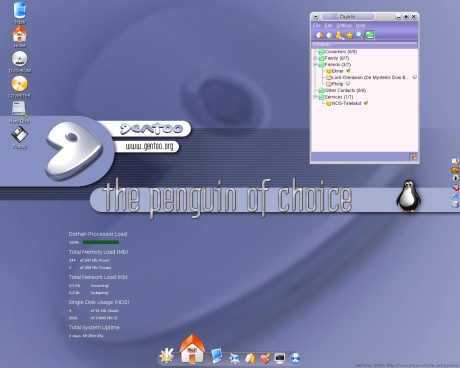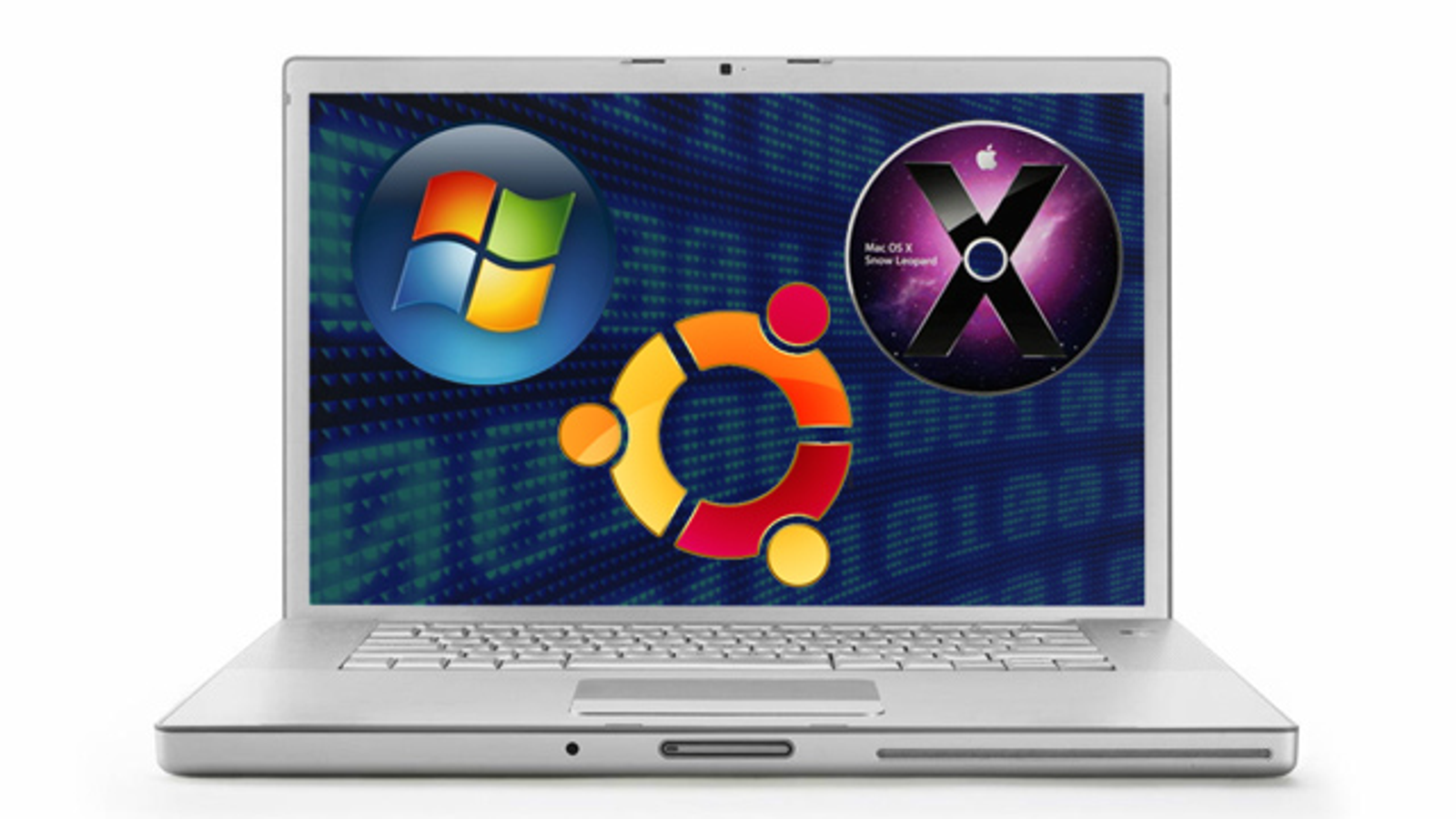

Systemd based machines sudo systemctl enable rvice sudo systemctl start rvice Once you installed it, you will have to enable the KVM libvirt service at boot.
#Virtual pc for linux install#
Ubuntu/Debian sudo apt-get install virt-manager libvirt-bin qemu-kvm libvirt-daemon-system libvirt-clients bridge-utilsĪrch Linux sudo pacman -S qemu virt-manager virt-viewer dnsmasq vde2 bridge-utils openbsd-netcat ebtables iptables

#Virtual pc for linux software#
You will need to install the entire suite of software and packages that consist of libvirt, KVM, QEMU, and Virt Manager. So now that you are convinced that Virtual Machine Manager is the superior VM software.
#Virtual pc for linux how to#
How to install and setup Virtual Machine Manager? This is why Virtual Box has inferior performance compared to other hypervisors. Virtual Box is one of those exceptions as it has a type two hypervisor. The terminology of type one or type two hypervisor is outdated as most modern hypervisor uses hardware acceleration to some extent. KVM is a type one hypervisor as it uses hardware acceleration on virtual machines. Is KVM a type one or type two hypervisor? VirtualBox does not even come close in terms of performance. You can use Xen over KVM as your hypervisor due to the modularization. However, KVM is the best for non-enterprise users that offers the closest to bare-metal performance.

There are many debates about the different hypervisors that are the best. A hypervisor is a software layer that sits between the hardware and guest OS. KVM is the open-source hypervisor that Linux. QEMU is the CLI application that Virtual Machine Manager uses to manage virtual machines. When you hear about Virtual Machine Manager you will usually hear that the software is bundled with other software such as QEMU and KVM. Virtual Machine Manager follows the Unix philosophy of software modularization. But we need more information about why customization is important. Virtual Box has a UI that is focused on simplicity over complexity.Īnd thus Virtual Machine Manager is more suited for advanced users. We will only compare the GUI of both applications. While Virtual Box is the entire GUI virtualization suite for desktops. Virtual Machine Manager is the GUI application. Here is why you should use Virtual Machine Manager over Virtual Box. However, despite the simplicity of the software, you will soon realize that the performance of the software is slow compared to your main operating system. As a new user of virtualization, you have probably been recommended Virtual Box as the go software. And these are the only security flaws that are released to the public.īeing able to run multiple operating systems on one machine requires users to virtualize an operating system. T he alphabet boys have backdoors into the operating system. As the operating system is running a ton of spooky stuff under the hood.

However, you probably want to run the software in an isolated environment. Or play games that are incompatible with the Proton comparability layers. 5.As a Linux user, you have probably need to use Windows. Therefore, for service-oriented software, such as microservices, using containers is an effective solution. We can run multiple containers on a single Linux machine without having to install multiple virtual machines on the server. Some popular platforms that provide containerization include Docker, Azure Container Registry, and Podman. In short, containers provide multiple isolated user spaces, while a virtual machine provides a complete operating system. The process of packaging the application is known as containerization. To overcome this issue, we can carry out OS-level virtualization through containers.Ī container is a user space where the server or the application and its environment reside alongside the required dependencies. For that reason, maintenance becomes costly and time-consuming.Īs we saw earlier, a Linux server in a virtual machine is not an optimal solution, let alone multiple Linux servers in multiple virtual machines. So, running multiple servers might have conflicts in the environment, such as one server depending on a newer library than the installed one. The environment includes basic utilities, dependencies, libraries, executables, and environment variables. Sometimes, we might need to run multiple servers on a single machine where we need to provide a neat environment for each server.


 0 kommentar(er)
0 kommentar(er)
